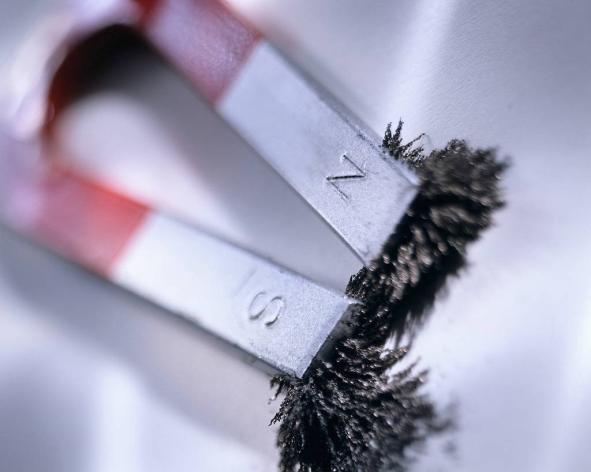Tech Report
Recommended Blending Equipment for Metal Powders

Application Summary
Metal powder blends are used in the production of sintered parts and utilized as fillers in polymers as well as other specialty applications.
Elemental metal or alloy powders are mixed with additives such as graphite and dry lubricant to reduce friction. Evenly distributed lubricant particles make the compacted part easier to eject and less prone to cracks.
Thorough blending is important also because batch uniformity is reflected in the strength and other physical properties of the finished part. Gentle agitation is usually desired since aggressive blending or over-mixing can lead to particle size reduction and an increase in apparent density. Some metal blends are simultaneously dried during the mixing cycle to drive off moisture.
Ross Double Planetary Mixers
Ross Double Planetary Mixers are proven equipment for the blending and drying of powdered metals. These mixers move material by rotating two identical blades on their own axes as they orbit on a common axis. The blades contact every point of the batch in just 36 revolutions and impart a very thorough blending action even when the product is very dense or not free-flowing.
The identical planetary blades turn at relatively low speeds which promotes minimal wear on the product-contact surfaces. Compared to other agitated dryers such as ribbon and paddle blenders, the Double Planetary Mixer gently moves the metal and additive powders into different areas of the vessel without generating fines. And unlike blenders that operate using a rotating vessel, the Double Planetary Mixer is not sensitive to order of addition, positioning of raw materials and fill level. It also allows operators to add ingredients as needed without having to stop the mixer.
Simultaneous blending and drying is easily achieved in a Double Planetary Mixer. Hot water, oil or steam is recirculated through the mix can jacket. Coupled with vacuum conditions, the continuous turnover of materials within the heated vessel leads to fast and effective drying.
Other Applications ofRoss Double Planetary Mixers:
- Abrasives
- Adhesives
- Battery Pastes
- Bone Graft Substitutes
- Conductive Inks
- Dental Composites
- Dilatant Materials
- Fiber Dispersions
- Filled Epoxies
- Granulations
- Heat Sink Compounds
- Lightweight Composites
- Lubricants
- Medical Pastes
- Metal Powders
- Molding Compounds
- Pharmaceutical Gels
- Plastics
- Potting Compounds
- Refractory Cements
- Sealants
- Syntactic Foams
- Toothpaste
- Viscous Foods

Benefits of Ross Double Planetary Mixer/Dryers
- Virtually zero contamination. The Double Planetary Mixer is a closed system with no shaft seals, bearings, packing glands or stuffing boxes submerged in the product zone. A sealed gearbox further protects the batch from contamination and allows the machine to be operated with very little maintenance.
- Cleanability. Agitators are raised and lowered by a hydraulic lift allowing easy access for cleaning between batches.
- Many standard sizes. Standard models from 1 to 750 gallons working capacity can be designed for a specific bulk density or viscosity range.
- Smaller footprint compared to other types of blender/dryers.
- Highly effective moisture removal. Ross Double Planetary Mixers are commonly used for vacuum drying materials to less than 0.10% moisture.
- Low energy consumption and fast drying rates.
- Long service life. Ross Double Planetary Mixers, built to a high-torque heavy-duty design, are offered with optional wear-resistant coatings and surface treatment options suitable for highly abrasive applications.
- Customers can rely on Ross for customizations and auxiliary equipment including custom sight/charge ports, interchangeable mix vessels, load cells, temperature probes and other sensors, heating units, vacuum pumps and controls ranging from simple Variable Frequency Drives and explosion-proof operator stations to more sophisticated PLC`s and HMI`s.